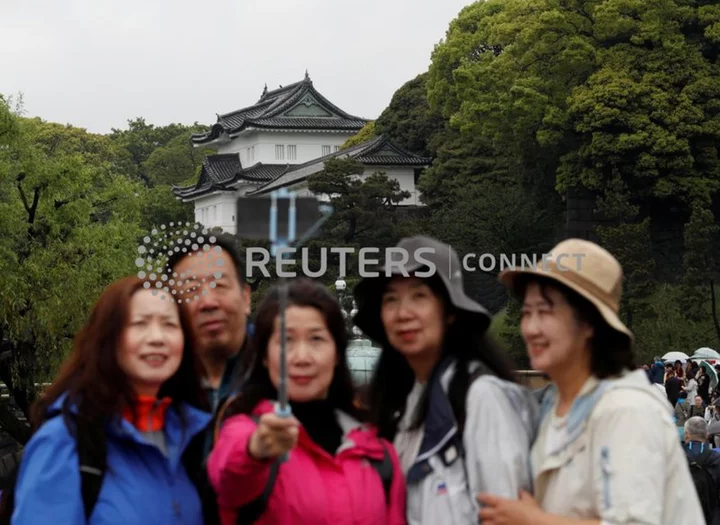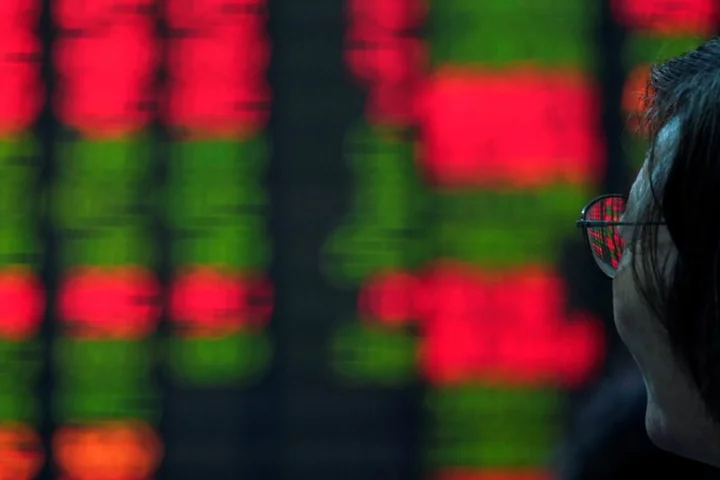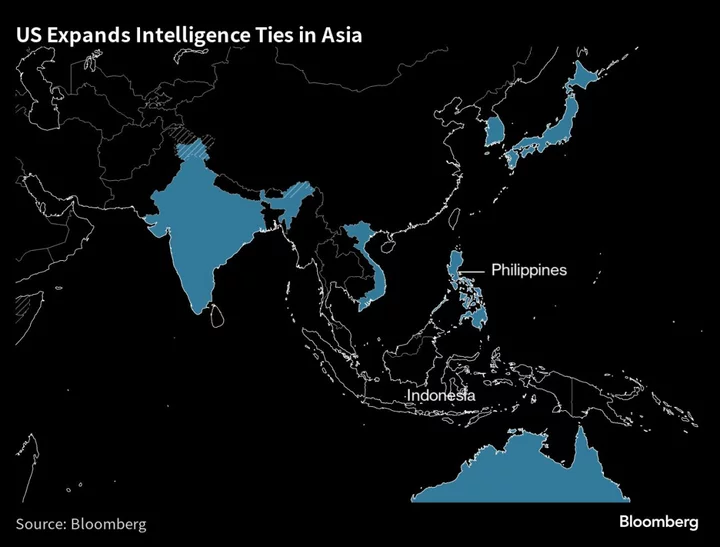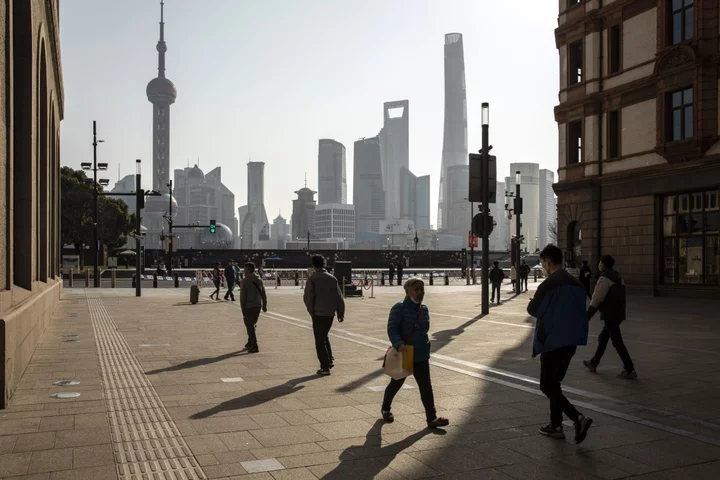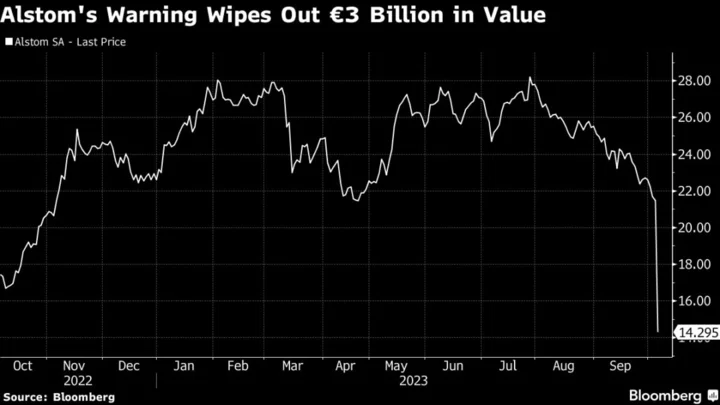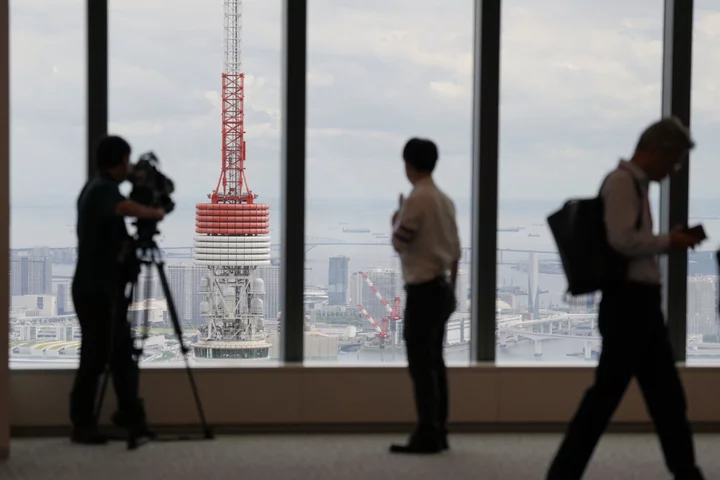By Maki Shiraki and Rocky Swift
TOKYO Chinese group tours are back in Japan but anyone banking on them arriving in droves and splashing around cash like they did before the pandemic is likely to be disappointed.
An ANA Holdings flight on Wednesday evening brings in the first package tour visitors from Beijing since China lifted its pandemic-era restrictions on the trips to Japan and other key markets including the United States.
But hopes the return of packaged tours will herald big returns for department stores, hotels and restaurants in Japan are clashing with a Chinese economy struggling to post significant growth and Japan's controversial plans to release treated wastewater from the wrecked Fukushima nuclear plant into the sea.
"Chinese consumer sentiment is cooler than ever, and the desire to save is increasing," said Sony Financial Group economist Takayuki Miyajima.
Isetan Mitsukoshi is expecting less "explosive buying" at its department stores now that many high-end brands are available within China, a spokesperson said.
Sightseeing operator Hato Bus also said it was restarting Chinese-language tours in September but with smaller vehicles.
Inbound tourism has become increasingly important to Japan's economy, helping drive blistering 6% annualised growth in the second quarter.
Before the pandemic, mainland Chinese - who largely prefer to travel abroad in tour groups - accounted for the biggest number of tourists to Japan. They also spent the most.
But since Japan eased its own pandemic border controls late last year, the number of Chinese tourists has only recovered to about 20% of 2019 levels, partly because of China's delay in adding Japan to a list of approved nations for tour groups.
China also vehemently opposes Japan's plan to release the Fukushima wastewater starting on Thursday, and many Chinese have taken to social media to express their alarm about the safety of Japanese seafood and produce. How this will affect tourism, however, remains unclear.
The weaker yen has sparked a rebound in U.S. and European tourists that is exceeding pre-pandemic levels, but with their own currency also weaker, the exchange rate doesn't appear to be a drawcard for Chinese tourists. Neither is the frenzied shopping that was their hallmark, said CLSA Japan strategist Nicholas Smith.
"There have been changes over the last few years to their ability to buy Japanese products in China, so they don't actually have to travel to do it," he added, referring to the proliferation of shops selling these goods in the mainland.
Some Japanese retailers say the Chinese tourists who do visit appear to be more discerning.
Komehyo, a major retailer of second-hand luxury goods, said sales to Chinese visitors have been on the upswing since April, and Isetan Mitsukoshi is seeing a shift from mass cosmetics purchases toward experience-based services.
"Now they are more likely to sit down for a skin consultation and then buy products tailored to their needs," the spokesperson said.
Japan Tourism Agency Commissioner Ichiro Takahashi told reporters on Tuesday that Chinese group tourism is expected to gain momentum through the September-October autumn months.
A severe labour crunch, however, may hamstring Japan's ability to get the most out of this rebound. More than three-quarters of restaurants and hotels reported a shortage of temporary workers in April, according to the most recent survey by researcher Teikoku Databank.
"Even if they want to accept Chinese group tourists, they may not be able to," said Yayoi Sakanaka, a senior economist at Mizuho Research & Technologies.
(Reporting by Maki Shiraki and Rocky Swift in Tokyo, Sophie Yu in Shanghai; editing by Miral Fahmy)

